| This article is part of a series on the |
| Politics of Colombia |
|---|
 |
Indirect presidential elections were held in Colombia on 15 June 1910. The result was a victory for Carlos Eugenio Restrepo of the Republican Union.
| This article is part of a series on the |
| Politics of Colombia |
|---|
 |
Indirect presidential elections were held in Colombia on 15 June 1910. The result was a victory for Carlos Eugenio Restrepo of the Republican Union.
Rafael Reyes was elected president for a six-year term in 1904, but resigned and went into exile in June 1909 under pressure from opposition parties. Ramón González Valencia was elected interim President to see out Reyes' term, and convened a Constituent Assembly to meet in 1910.
The Assembly passed several reforms to the constitution, reducing the presidential term from six to four years, banning immediate re-election, scrapping the post of Vice President and reintroducing direct elections from 2014. The Assembly also elected a President to serve the first term from 1910 until 1914. [1]
| Candidate | Party | Votes | % | |
|---|---|---|---|---|
| Carlos Eugenio Restrepo | Republican Union | 23 | 53.49 | |
| José Vicente Concha | Colombian Conservative Party | 18 | 41.86 | |
| Guillermo Quintero Calderón | Colombian Conservative Party | 2 | 4.65 | |
| Total | 43 | 100.00 | ||
| Source: Ríos Penalosa | ||||
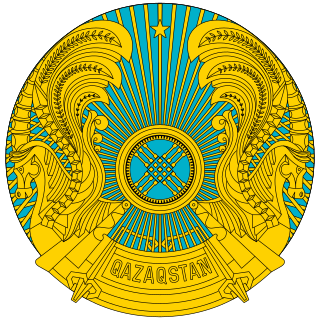
The politics of Kazakhstan takes place in the framework of a semi-presidential republic, whereby the President of Kazakhstan is head of state and nominates the head of government. Executive power is exercised by the government. Legislative power is vested in both the government and the two chambers of parliament.

The president of the Republic of China, commonly known as the president of Taiwan, is the head of state of the Republic of China (Taiwan) as well as the commander-in-chief of the Republic of China Armed Forces. The position once had authority of ruling over Mainland China, but its remaining jurisdictions has been limited to Taiwan, Penghu, Kinmen, Matsu, and other smaller islands since the conclusion of the Chinese Civil War.
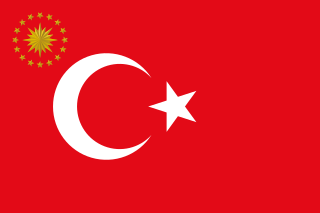
The president of Turkey, officially the president of the Republic of Türkiye, is the head of state and head of government of Turkey. The president directs the executive branch of the national government and is the commander-in-chief of the Turkish military. The president also heads the National Security Council.

The National Assembly was the authoritative legislative body of the Republic of China, from 1947 to 2005. Along with the Control Yuan and the Legislative Yuan, the National Assembly formed the tricameral parliament of the Republic of China.

The president of South Africa is the head of state and head of government of the Republic of South Africa. The president directs the executive branch of the government and is the commander-in-chief of the South African National Defence Force. Between 1961 and 1994, the office of head of state was the state presidency.
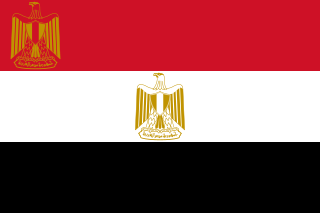
The President of the Arab Republic of Egypt is the executive head of state of Egypt and the de facto appointee of the official head of government under the Egyptian Constitution of 2014. Under the various iterations of the Constitution of Egypt following the Egyptian Revolution of 1952, the president is also the supreme commander of the Armed Forces, and head of the executive branch of the Egyptian government. The current president is Field Marshal Abdel Fattah el-Sisi, who has been in office since 8 June 2014.
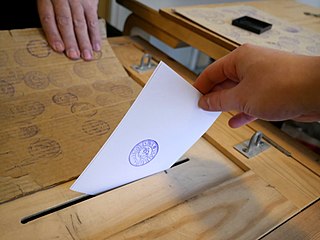
A presidential election is the election of any head of state whose official title is President.

Elections in Zambia take place within the framework of a multi-party democracy and a presidential system. The President and National Assembly are simultaneously elected for five-year terms.

The National Assembly is the legislative branch of the government of Nicaragua founded in January 1985.

José Domingo de Obaldía Gallegos was President of Panama from October 1, 1908 to March 1, 1910.
The coattail effect or down-ballot effect is the tendency for a popular political party leader to attract votes for other candidates of the same party in an election. For example, in the United States, the party of a victorious presidential candidate will often win many seats in Congress as well; these Members of Congress are voted into office "on the coattails" of the president.
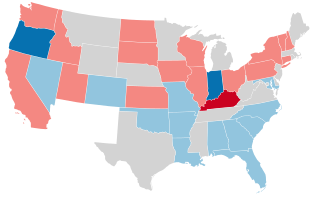
The 1908–09 United States Senate elections were held on various dates in various states. As these U.S. Senate elections were prior to the ratification of the Seventeenth Amendment in 1913, senators were primarily chosen by state legislatures. Senators were elected over a wide range of time throughout 1906 and 1907, and a seat may have been filled months late or remained vacant due to legislative deadlock. However, some states had already begun direct elections during this time. Oregon pioneered direct election and experimented with different measures over several years until it succeeded in 1907. Soon after, Nebraska followed suit and laid the foundation for other states to adopt measures reflecting the people's will. By 1912, as many as 29 states elected senators either as nominees of their party's primary or in conjunction with a general election.
This list of presidential elections in the Philippines includes election results of both presidential and vice presidential elections since 1899 with the candidates' political party and their corresponding percentage.
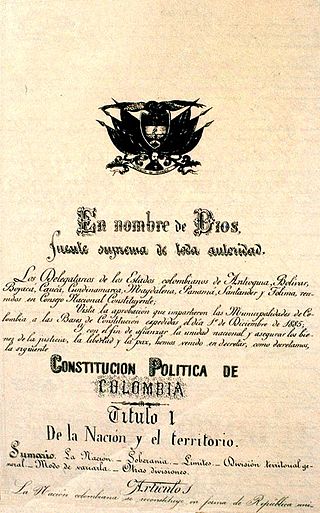
The Colombian Constitution of 1886 was the constitution that remade the United States of Colombia into the Republic of Colombia, and replaced the federal republic with a unitary state. Following the Civil War of 1884, a coalition of moderate Liberals and Conservatives, led by Rafael Nuñez, ended the political period known as "the Radical Olympus", repealed the Constitution of Rionegro (1863), and substituted it with the constitution of 1886. From then on, the country was officially known as the Republic of Colombia. The Constitution of 1886 was the longest lasting constitution in the history of Colombia, eventually being itself replaced by the Constitution of 1991.

Presidential elections were held on 30 July 2013 in Pakistan to elect the 12th President of Pakistan. Incumbent President Asif Ali Zardari’s term was scheduled to expire on 8 September 2013; and as such, Article 41 of the Constitution of Pakistan required the elections to be held no later than 8 August 2013. The Electoral College of Pakistan – a joint sitting of the Senate, National Assembly and Provincial Assemblies – were tasked with electing a new president to succeed President Zardari, who declined to seek a second term in office. After the Pakistan Peoples Party and its allies boycotted the presidential election, the two candidates were Mamnoon Hussain backed by the Pakistan Muslim League (N), and Wajihuddin Ahmed backed by Pakistan Tehreek-e-Insaf. Agra-born Hussain was elected president by a majority securing 432 votes. The elections were the first time in Pakistani history where a civilian president was elected while an incumbent civilian President was still in office, completing a historic and democratic transition of power that began with the 2013 General Elections.
Indirect presidential elections were held in Colombia on 3 August 1909. The result was a victory for Ramón González Valencia.

General elections were held in Nicaragua on 6 November 2016 to elect the President, the National Assembly and members of the Central American Parliament. Incumbent President Daniel Ortega of the Sandinista National Liberation Front (FSLN) was re-elected for a third consecutive term amid charges he and the FSLN used their control of state resources to bypass constitutional term limits and hamstring political rivals. The FSLN benefited from strong economic growth and relatively low levels of crime compared to neighbouring countries.

A snap presidential election was held in Ethiopia on 25 October 2018, prompted by the resignation of incumbent Mulatu Teshome. It was the fifth presidential election of the Federal Democratic Republic of Ethiopia to elect its fourth president.